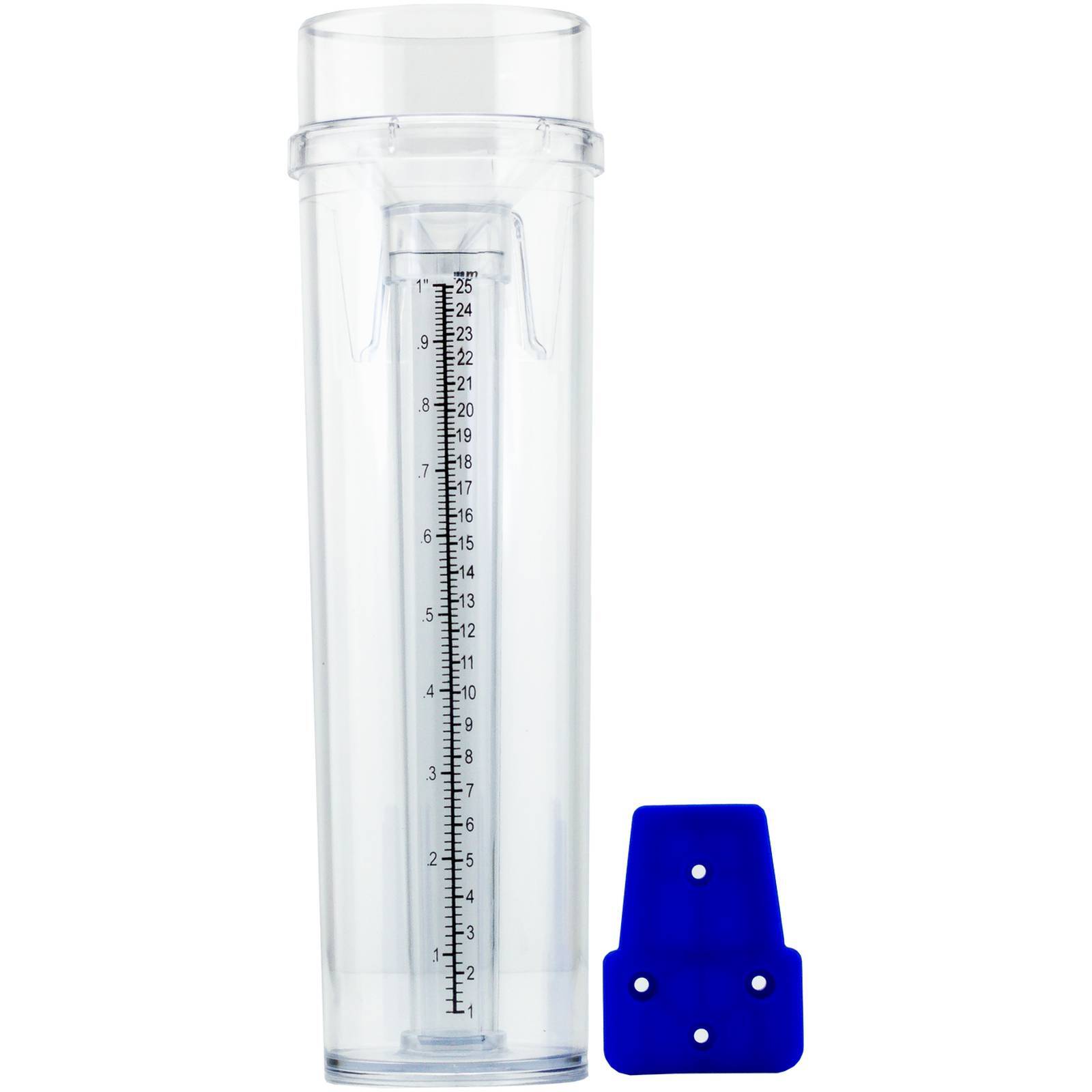Contrast the Leading Rain Gauge Designs for Accurate and Regular Readings
Revealing the Scientific Research Behind Rainfall Gauges: How These Tools Play a Critical Function in Environment Study and Environmental Tracking
Rain evaluates, apparently easy devices, hold a profound value in the world of environment research and environmental tracking. As we peel back the layers of this scientific veil surrounding rainfall gauges, we reveal a globe where accuracy, data precision, and thorough observation assemble to unveil a much deeper understanding of our changing environment and its influence on the world.
Relevance of Rainfall Scales
Rainfall assesses play a crucial function in surveillance and measuring rainfall degrees, supplying vital data for environment research study and evaluation. These devices are essential in quantifying the amount of rainfall that occurs in a certain area over a certain period. By determining and collecting rainwater, rain evaluates deal useful understandings into the distribution and intensity of rainfall, assisting meteorologists, hydrologists, and climatologists in recognizing weather condition patterns and trends.
One of the vital reasons that rain determines are important is their capability to give exact and localized data. Unlike satellite or radar-based dimensions, which offer more comprehensive observations, rain determines offer accurate details details to the place where they are positioned. This localized information is essential for different applications, consisting of flooding forecasting, dry spell monitoring, and water source monitoring. In addition, long-term data collected from rain determines helps in evaluating environment modification impacts and patterns, adding considerably to clinical research and decision-making procedures. Basically, rain gauges function as important devices in the field of meteorology and environmental scientific research, playing an essential role beforehand our understanding of climate and environment dynamics.
Kinds of Rain Gauges

Capability and Operation
In the world of environment study and meteorological studies, the efficiency of rain gauges hinge on their detailed functionality and precise operational mechanisms. Rain gauges are created to precisely determine the quantity of precipitation that tips over a details area during a collection duration. These their explanation devices usually include a channel that accumulates rain and channels it right into a determining tube. The measuring tube is noted with calibrated measurements that allow for the accurate quantification of rains.
The performance of rainfall evaluates is based on the concept of gauging and collecting rain in a standardized way. This accumulated data is vital for recognizing regional weather condition patterns, tracking long-term climate fads, and analyzing ecological influences. To ensure precise dimensions, rainfall assesses demand to be purposefully put in open areas away from blockages such as structures or trees that could disrupt the collection process.
The functional facet of rain gauges entails normal upkeep to stop debris buildup, calibration checks to keep dimension precision, and information videotaping for analysis (rain gauge). On the whole, the performance and operation of rainfall assesses are crucial for gathering trustworthy rainfall information crucial to environment research and environmental tracking
Role in Climate Study
Provided the vital relevance of precise precipitation dimensions in recognizing weather condition patterns and ecological impacts, the function of rain evaluates in environment research is vital. Rain determines supply vital data for environment research by evaluating the quantity of rainfall that tips over a details area throughout an offered period. This information is essential for keeping an eye on lasting trends in rainfall patterns, assessing the impact of climate adjustment on rains distribution, and boosting environment designs.

Environment researchers utilize data gathered from rainfall evaluates to examine variants in precipitation levels, recognize local environment fads, and review the efficiency of water resource management methods. By contrasting historic rainfall information with existing measurements, scientists can identify shifts in precipitation patterns, such as modifications in the frequency or check here intensity of rains events. This details is important for understanding exactly how climate modification is affecting rainfall dynamics and can help policymakers make informed decisions concerning adaptation and reduction approaches.
Applications in Environmental Surveillance

In flood forecasting, rain scale information aids to track rains strength and distribution, enabling authorities to provide prompt warnings and take required actions to mitigate flood dangers (rain gauge). Dry spell tracking depends on rain gauge information to evaluate wetness levels in the dirt and track precipitation deficits, assisting in the identification of drought-prone areas and the implementation of drought reaction approaches
Additionally, rain gauge data plays an important role in water resource administration by supplying info on water accessibility and use fads. In addition, in agriculture, rainfall gauge data helps farmers in optimizing irrigation routines, plant option, and overall farm management methods based on neighborhood rainfall patterns.
Conclusion
Finally, rain gauges are important devices for determining precipitation, supplying useful data for climate study and environmental tracking. With numerous types and functionalities, rain determines play an essential role in recognizing rainfall patterns and their influence on the atmosphere. By precisely determining rains, these tools add to the development of scientific expertise and help in making informed choices pertaining to water resource administration and disaster readiness.
Rainfall gauges play an important function in monitoring and gauging precipitation degrees, providing essential data for climate research study and analysis. The basic rainfall gauge, known as the "tipping bucket" scale, is one of the most generally made use helpful hints of tools. Ultrasonic rainfall evaluates usage noise waves to detect the visibility of rainfall, giving real-time data on rainfall levels.Climate scientists make use of data collected from rainfall gauges to assess variants in rainfall levels, determine regional climate fads, and assess the efficiency of water resource monitoring techniques.In verdict, rain gauges are vital devices for measuring precipitation, offering beneficial information for climate study and environmental tracking.